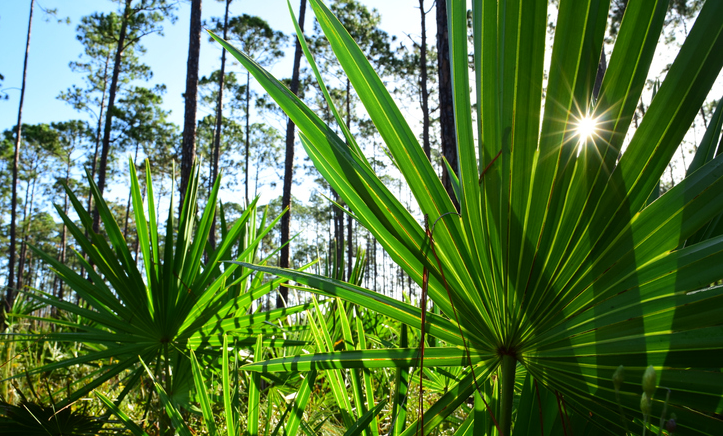South Korea drafts new regulations for saw palmetto and gingko leaf extract

In the case of saw palmetto fruit extract, the MFDS has established the standards for 1) fatty acid and 2) plant sterol content.
In particular, there should be 80 per cent or more fatty acids in the extract and the plant sterol composition should comprise of 0.2 per cent sterol and 0.1 per cent or more of beta-sitosterol.
The MFDS explained that this was to prevent manufacturers from adding cheap vegetable oil into the product.
“With the new standard, it is possible to control the quality of the raw materials, such as preventing the manufacturing and selling of health functional foods that were made by mixing vegetable oils with functional raw materials,” the ministry said in its announcement on April 11.
Aside from vegetable oil, there have also been cases of saw palmetto fruit extracts being adulterated with designer fatty acid blends from animal sources – all in an attempt to mimic the extract’s fatty acid composition.
Saw palmetto fruit is used in Chinese medicine to treat urological diseases, and its phytosterol is known to be an anti-inflammatory agent for prostate tissues.
Consumption of the fruit extract has been shown to be safe in healthy adults even at excessive levels, according to a study by Beijing Gingko-Group Japan (BGG Japan).
It is also one of the leading health functional foods sold in Korea. Some of the major brands are CJ and Herbalife.
Previously, the MFDS also mandated that products containing the fruit extract should include the precaution statement that it is an anti-coagulant.
Gingko leaf extract
On the other hand, the MFDS has adjusted the ratio of key flavonoids needed to be present in ginkgo leaf extracts.
Specifically, the ratio of quercetin and kaempferol has been changed to 1: 0.8 ~ 1.2.
“In the past, there have been many inquiries from business owners because the standards for the ratio of quercetin and kaempferol have not been clear,” the MFDS said.
There are 20 types of flavonoids present in ginkgo leaf extracts, of which, quercetin, kaempferol, and isohamnetin are present in large quantities.



















